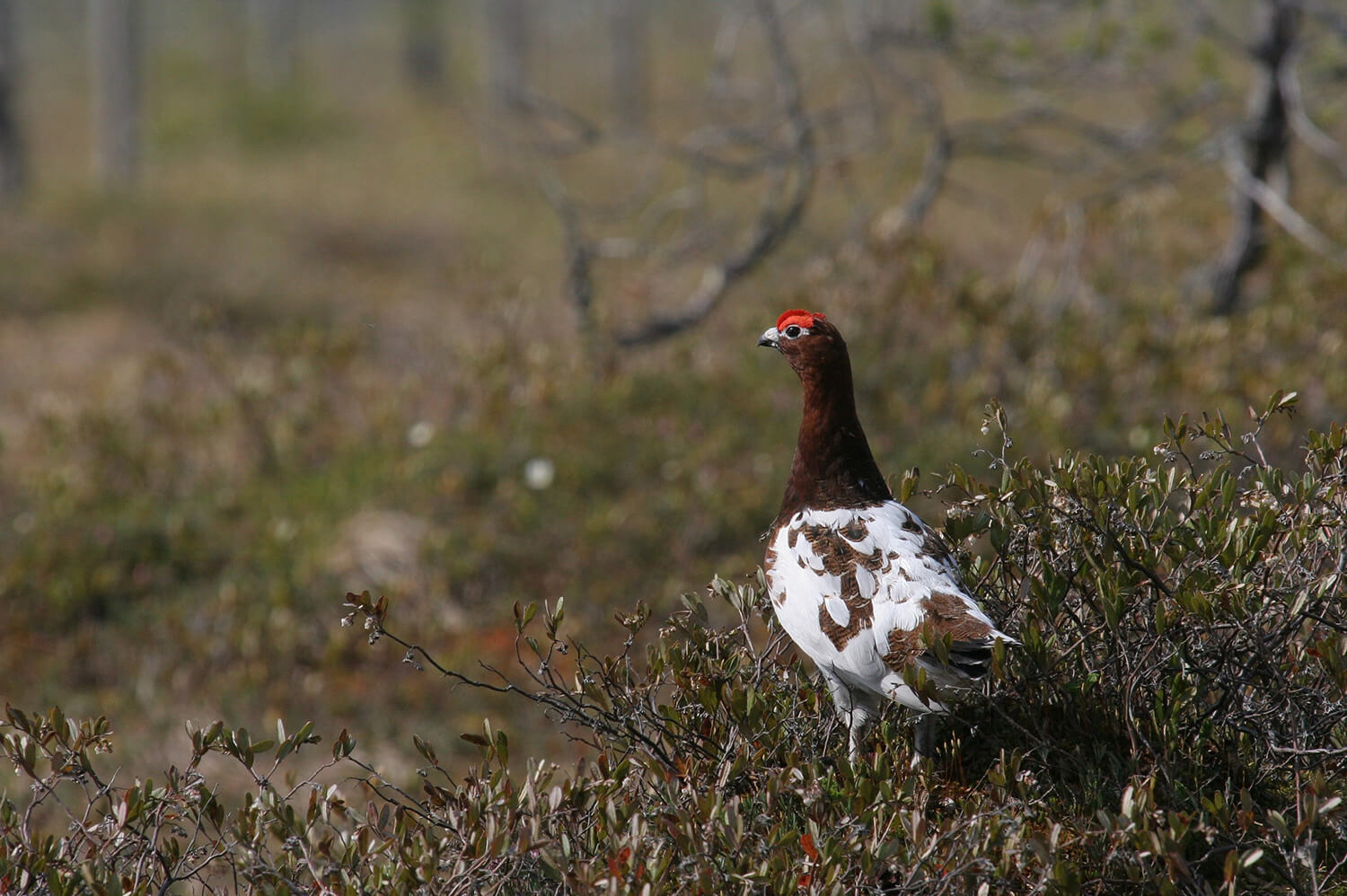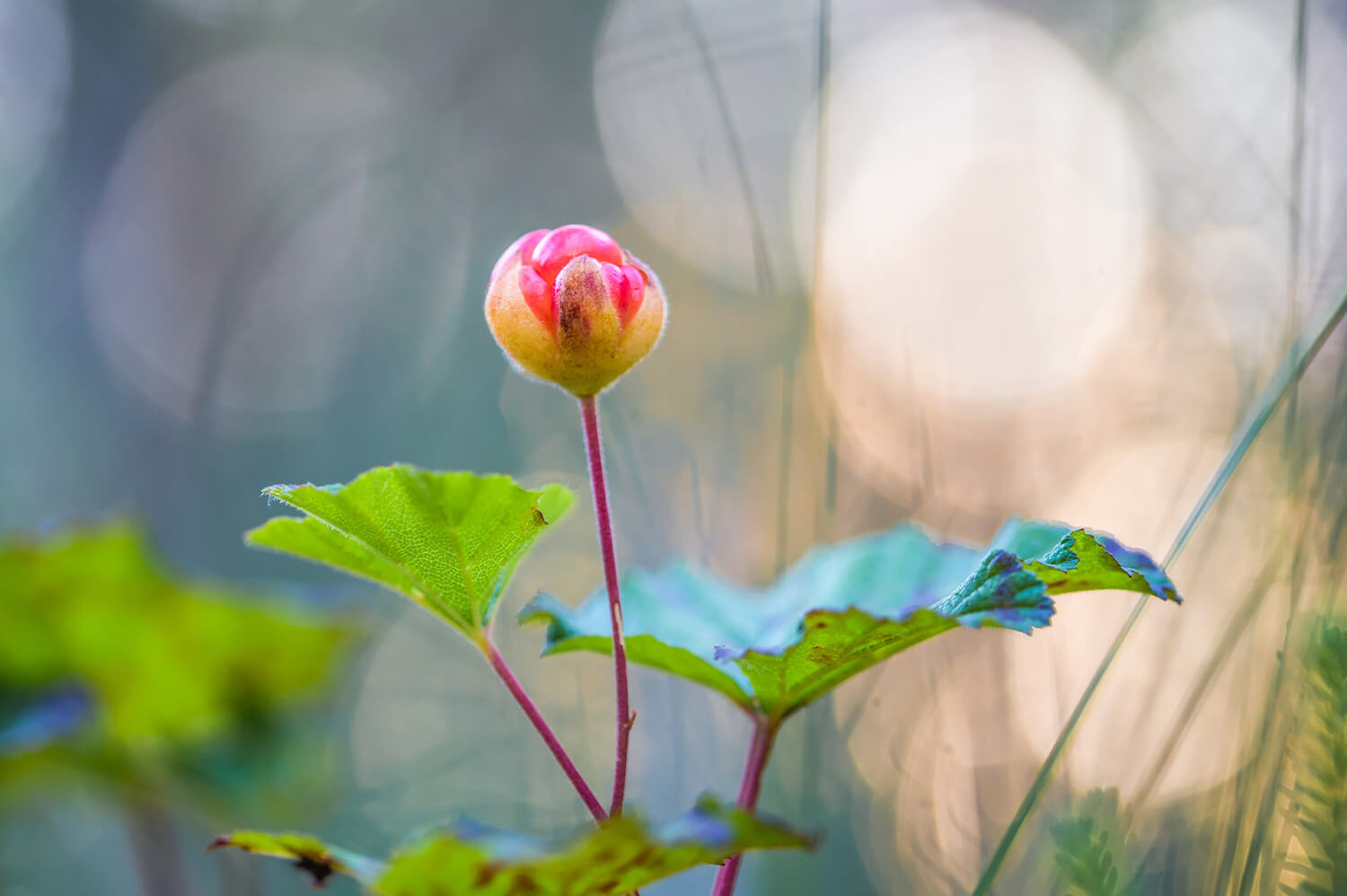03.03.2023 - Sustainability Company
Update on our common peatland restoration project with UPM
WEPA and long-time partner UPM joined forces to restore a Finnish peatland
Why restore peatlands?
We often hear people talking about planting trees. This is of course an important way to remove CO2. from the atmosphere by storing carbon in the forest wood and releasing oxygen back into the air. However, the restoration of other types of habitats such as peatlands to their natural state can have an even greater impact on capturing CO2. Peatlands are excellent carbon sinks – places where carbon is stored – and they are one of the most effective ecosystems on the planet for this purpose.
Another important factor is that peatlands play an important role in regulating both water quality and water quantity, with the latter helping to reduce the impact of flooding. In addition, they are important habitats for species that depend on wetlands.
Through the renaturation of a peatland, WEPA and UPM therefore contribute to limiting global warming on the one hand, and on the other, to creating biotopes for native animals and plants and thus making a contribution to biodiversity.
What does biodiversity mean in general?
In short: biodiversity encompasses the range of ecosystems and habitats, the diversity of animal and plant species and the genetic diversity within different species.
Why is biodiversity so important?
In a nutshell – biodiversity is essential for human survival. Natural habitats and their species provide humanity with:
- food,
- drinking water,
- fibres for clothing,
- raw materials for medicines,
- protection against storms, floods, erosion, landslides, avalanches and desertification
above all, regulation of the climate.
Without biodiversity and the services provided by ecosystems, which we humans use in a variety of ways, the livelihoods, health and well-being of all people and societies would be at risk.How does the renaturation of a peatland contribute precisely to biodiversity? Peatlands (often called mires and bogs) are a type of wetland that provide important ecosystem services, such as carbon stores and sinks, regulation of water quality and levels, and habitats for wetland dwelling species.
With the renaturation of peatlands to their original state we create habitats for native plants and animals, and therefore make a contribution to biodiversity, climate and water.
The return of typical bogland vegetation and species such as cloudberry and sundew as well as red grouse is expected.
In the long run we hope to once again see even more rare and susceptible species such as various types of moss and sedge.
Update on our project in Finland
The project area was originally a natural mire with a few scattered trees and substantial areas with no trees at all. The site was drained using ditches in the 1970s in order to make it suitable for growing trees on an industrial scale. This target was never met, but the habitat, however, changed into a low volume forest occupied by small pines and the water level sank lower, transforming the ground vegetation to a less valuable species composition.
All activities of the project are now aimed at restoring the area to its natural state in the long term.
During the past few months, the unwanted trees have been harvested in order to reduce water evaporation and raise the water levels closer to a natural state. In the context of peatland restoration, removal of these trees is critical. Furthermore, the artificial ditches have been stuffed with the peat to ensure that drainage is stopped and that the water level remains at the desired level.
Due to snow cover, the planned survey of the present moss and lichen species is not possible and has been postponed to May, when ground vegetation is revealed but seasonal herbs, grasses and sedges are not yet present.

